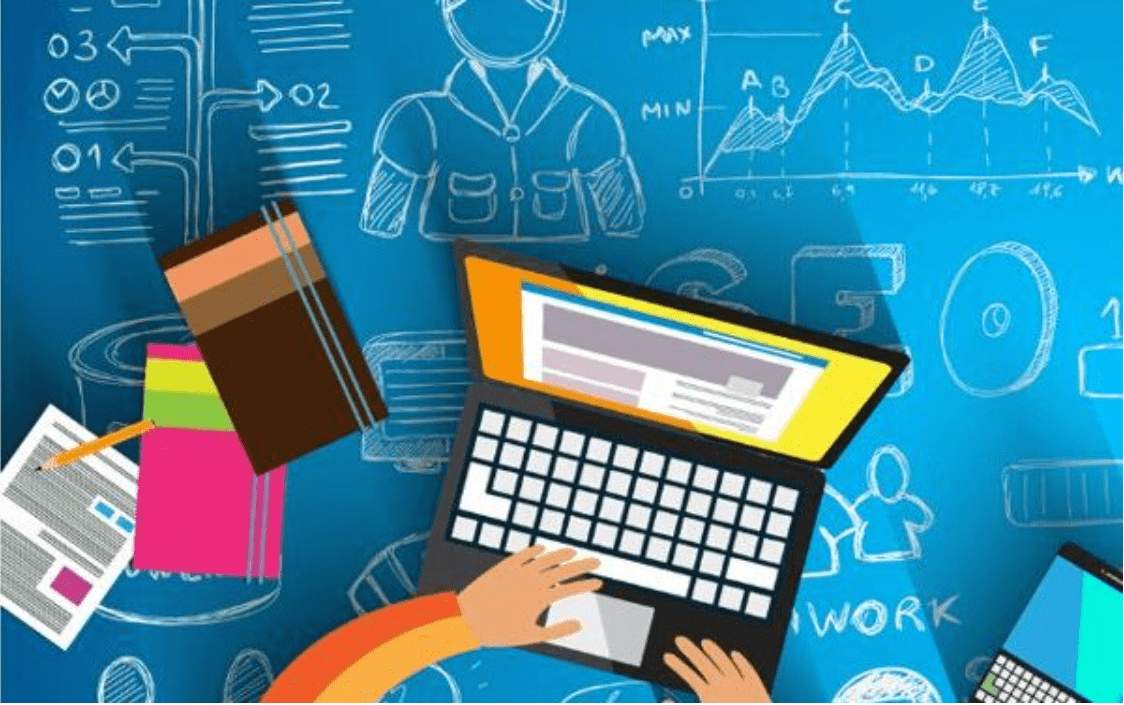Table of Contents
If you’re interested in education, you’ve likely heard the term “STEM” thrown around quite a bit. STEM stands for science, technology, engineering, and math, a popular educational focus in schools nationwide. However, STEM education is not without its challenges. Many students struggle to engage with these subjects, and teachers often find it challenging to provide effective instruction.
This is where edtech comes in. Edtech, or educational technology, is a rapidly growing field that seeks to use technology to enhance and improve the learning experience. From interactive simulations to online collaboration tools, edtech offers a wide range of resources that can help make STEM education more engaging, interactive, and applicable to real-world scenarios. By leveraging innovative technologies, educators can create dynamic learning experiences that captivate students’ attention and enhance their understanding of STEM concepts.
The convergence of edtech and STEM education can revolutionize teaching and learning these subjects. We can help students develop the skills they need to succeed in the 21st century by providing them access to cutting-edge technology and resources. Whether you’re a teacher, a student, or just someone interested in the future of education, it’s worth taking a closer look at how these two fields are coming together to shape the future of STEM education.
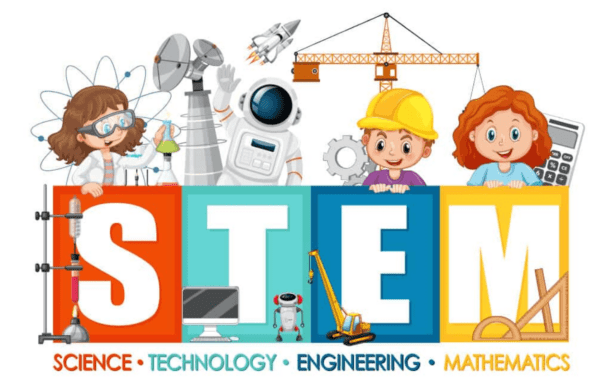
The Intersection of EdTech and STEM Education
Defining EdTech and STEM
EdTech is the use of technology to enhance and support learning and teaching. It includes everything from online learning platforms and educational apps to virtual and augmented reality tools. STEM, on the other hand, stands for Science, Technology, Engineering, and Mathematics. It is an interdisciplinary approach to education focusing on these four subjects and their real-world applications.
The intersection of EdTech and STEM education is where technology enhances and supports STEM learning. Using technology allows students to engage with STEM concepts in new and exciting ways. For example, virtual reality can take students on immersive field trips to explore the natural world, while robotics can help them learn about engineering and coding.
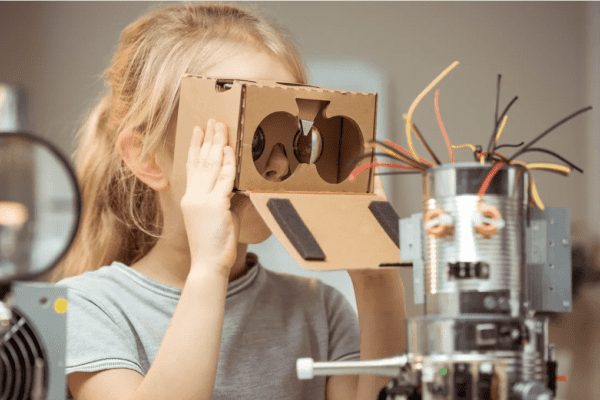
Evolution of STEM Education
STEM education has evolved significantly over the years. It has moved from a traditional, lecture-based approach to a more hands-on, project-based one. This shift has been driven by the need to prepare students for the demands of the modern workforce, where skills like critical thinking, problem-solving, and collaboration are highly valued.
Technology has played a significant role in this evolution. It has made it possible to create engaging, interactive learning experiences that help students develop these skills. For example, online learning platforms like Khan Academy and Coursera offer free, high-quality STEM courses that students can access from anywhere in the world. Similarly, educational apps like Duolingo and Quizlet make it easy for students to practice and reinforce their STEM skills on the go.
The intersection of EdTech and STEM education is an exciting and rapidly evolving field. By leveraging the power of technology, educators can create engaging, interactive learning experiences that help students develop the skills they need to succeed in the modern workforce.
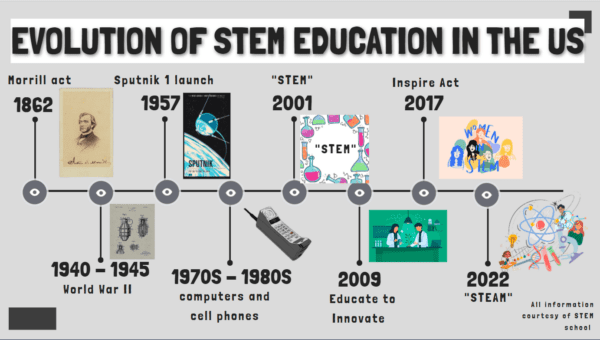
Core Components of STEM Education
STEM education is an interdisciplinary approach that integrates the four key areas of science, technology, engineering, and mathematics. It is designed to give students the skills and knowledge they need to succeed in the 21st-century workforce. To achieve this goal, STEM education focuses on three core components: curriculum and pedagogy, integration of science and mathematics, and engineering and technology in classrooms.
Curriculum and Pedagogy
STEM education’s curriculum and pedagogy are designed to foster critical thinking, problem-solving, and creativity. It emphasizes project-based learning and hands-on experiences that engage students in the scientific process. This approach encourages students to collaborate, communicate effectively, and think critically. By focusing on real-world problems and challenges, STEM education helps students develop the skills they need to succeed in a rapidly changing world.
Integration of Science and Mathematics
One key component of STEM education is the integration of science and mathematics. This integration is designed to help students see the connections between these two subjects and understand how they are used in the real world. By solving scientific problems using mathematics, students gain a deeper understanding of both subjects. This approach also helps students develop the skills to analyze data, make predictions, and draw conclusions.
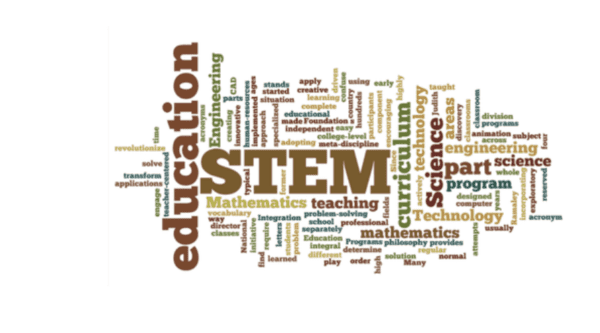
Engineering and Technology in Classrooms
STEM education also emphasizes the use of engineering and technology in classrooms. This approach helps students understand how technology solves real-world problems and how engineering principles are applied in various fields. By using technology to design and build solutions, students gain hands-on experience with the engineering process. This approach also helps students develop the skills they need to work with various tools and technologies.
In summary, STEM education emphasizes the integration of science, technology, engineering, and mathematics to provide students with the skills and knowledge they need to succeed in the 21st-century workforce. The three core components of STEM education are curriculum and pedagogy, integration of science and mathematics, and engineering and technology in classrooms. By focusing on these core components, STEM education helps students develop critical thinking, problem-solving, and creativity skills essential for success in a rapidly changing world.
Technological Advancements in STEM Learning
STEM education has transformed in recent years with technology integration in the classroom. Educators have been using technology to enhance the learning experience and make it more interactive and engaging for students. Here are some of the technological advancements that have made a significant impact on STEM learning:
Augmented and Virtual Reality
Augmented and virtual reality (AR/VR) are two technologies that have transformed the way students learn. AR/VR technology allows students to experience the subject matter more immersively and interactively. For example, students can explore the human body in 3D using AR/VR technology, which helps them to understand the different body systems and how they work together.
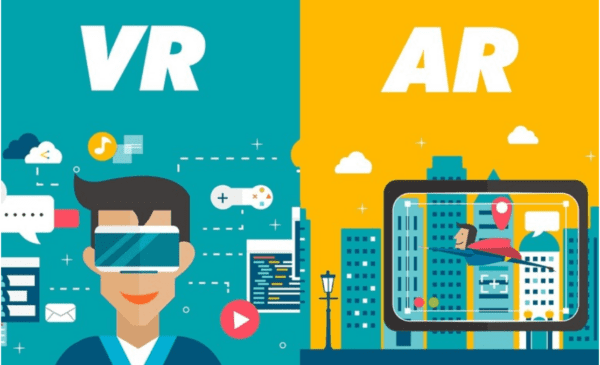
3D Printing and Makerspaces
3D printing and maker spaces have opened up a whole new world of possibilities for STEM education. With 3D printing, students can design and create their models, which helps them understand complex concepts more physically. Makerspaces provide students a collaborative environment to work on projects and share ideas with their peers.
Robotics and Coding Platforms
Robotics and coding platforms have become increasingly popular in STEM education. Robotics allows students to apply their science, technology, engineering, and math knowledge to build and program robots that can perform tasks. Coding platforms enable students to learn coding skills and develop their programs.
Incorporating these technologies into STEM education has opened up new possibilities for learning and has made it more engaging and interactive for students. As technology advances, we can expect to see even more innovative ways of integrating technology into the classroom.
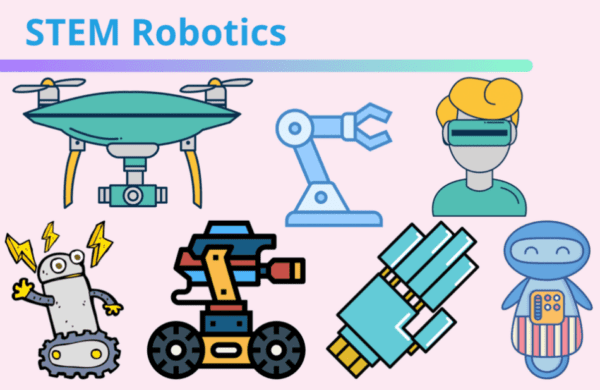
Teaching Strategies for Effective STEM Education
Several strategies can be used to create compelling learning experiences for students when teaching STEM subjects. This section will explore some of the most popular and effective strategies for teaching STEM education.
Project-Based Learning
Project-based learning is a teaching strategy that involves students in a hands-on project that requires them to apply the concepts they have learned in class. This approach helps students develop critical thinking and problem-solving skills while increasing their engagement in the learning process. By working on a project, students can see the real-world applications of their learning concepts and gain a deeper understanding of the subject matter.
Problem-solving and Critical Thinking
Problem-solving and critical thinking are essential skills for success in STEM fields. Teachers can help students develop these skills by providing opportunities to solve problems and think critically. This can be done through group discussions, brainstorming sessions, and case studies. By encouraging students to think critically and solve problems, teachers can help them become more independent learners and better equipped for success in STEM fields.
Adaptive Learning and Personalization
Adaptive learning and personalization are two strategies that can help teachers create more effective learning experiences for their students. Adaptive learning involves using technology to personalize each student’s learning experience based on their needs and abilities. This approach can help students learn independently and provide teachers with valuable data on student progress.
Personalization involves tailoring the learning experience to each student’s student’s needs and interests. This can be done through activities such as project-based learning, where students can choose projects that align with their interests, or through technology that allows students to work at their own pace. By personalizing the learning experience, teachers can help students become more engaged in the learning process and more successful in STEM fields.
Several effective teaching strategies can be used to create engaging and effective STEM learning experiences for students. Using project-based learning, problem-solving and critical thinking, and adaptive learning and personalization, teachers can help students develop the skills they need to succeed in STEM fields.
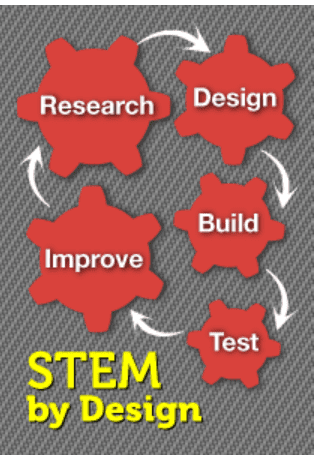
STEM Education and Digital Literacy
In today’s digital age, students need to develop digital literacy skills. Digital literacy uses digital technologies and tools to find, evaluate, create, and communicate information. In STEM education, digital literacy is critical as it enables students to access and utilize digital resources to enhance their learning experience. This section will explore the role of computer science, cybersecurity awareness, and digital learning resources in promoting digital literacy in STEM education.
The Role of Computer Science
Computer science is a fundamental component of STEM education. It gives students the foundational knowledge and skills to understand and utilize digital technologies. Students who learn computer science can develop computational thinking skills, which enable them to solve complex problems and create innovative solutions. Computer science education can also help students better understand how digital technologies work, enhancing their digital literacy skills.
Cybersecurity Awareness
As students become more reliant on digital technologies, they need to be aware of cybersecurity risks and how to protect themselves online. Cybersecurity awareness education can help students understand the importance of online privacy, the risks associated with sharing personal information online, and the steps they can take to protect themselves from cyber threats. By promoting cybersecurity awareness in STEM education, we can ensure that students have the knowledge and skills to navigate the digital world safely and responsibly.

Digital Learning Resources
Digital learning resources, such as educational technology tools and digital content, can enhance students’ learning experience. Students can use digital resources to access academic content, collaborate with peers, and engage in interactive learning activities. In addition, digital learning resources can be customized to meet students’ individual needs, enhancing their learning outcomes. However, to maximize their effectiveness, it is essential to ensure that digital learning resources are accessible, engaging, and aligned with learning objectives.
In conclusion, digital literacy is a critical component of STEM education. By promoting the role of computer science, cybersecurity awareness, and digital learning resources, we can ensure that students are equipped with the knowledge and skills required to succeed in the digital age.


